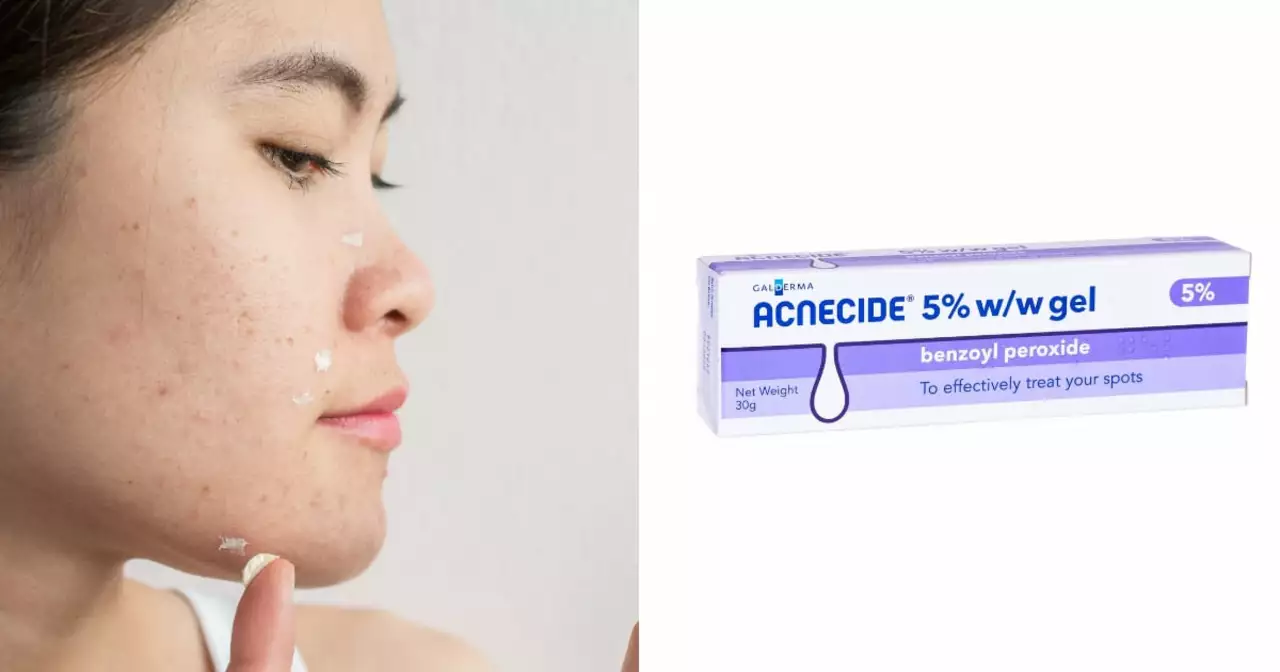Benzoyl Peroxide: Uses, Strengths, Side Effects & Smart Tips
Benzoyl peroxide is a go-to topical treatment for mild to moderate acne. It kills acne-causing bacteria, helps remove dead skin, and reduces oil. You can find it in washes, gels, creams, and spot treatments. It works quickly for many people, but it can also irritate skin if used too strongly or too often.
How benzoyl peroxide works
Benzoyl peroxide releases oxygen into the pores. Acne bacteria can't survive in oxygen-rich environments, so this lowers inflammation and reduces breakouts. Typical strengths are 2.5%, 5%, and 10%. Clinical comparisons show 2.5% can be as effective as higher strengths while causing less dryness and redness for many users.
How to use it safely
Start with a low strength once a day, preferably in the evening. Apply a pea-sized amount to clean, dry skin and spread it over the affected area — not the entire face unless needed. If you use a benzoyl peroxide wash, leave it on for 30–60 seconds then rinse. Increase to twice daily only if your skin tolerates it. Always follow with a gentle, non-comedogenic moisturizer to limit flaking.
Be careful combining benzoyl peroxide with retinoids and products containing vitamin C or strong acids. Benzoyl peroxide can oxidize tretinoin and reduce its effect. To avoid problems, use benzoyl peroxide in the morning and a retinoid at night, or apply them on alternate nights. If you use salicylic acid, expect more drying; add moisturizer and cut back use if your skin becomes raw.
You might see redness, peeling, or stinging during the first two weeks. That usually means your skin is adjusting. Cut back to every other night or lower the strength. If irritation continues, stop and talk to a dermatologist. Rare allergic reactions include severe swelling or hives — seek medical help right away.
Do a patch test on your inner forearm before using it on your face. Wash your hands after applying — benzoyl peroxide bleaches fabrics and hair. Choose non-comedogenic makeup and sunscreen. Stick with consistent use for at least 6–8 weeks to judge effectiveness. If you don’t see improvement or acne worsens, ask your doctor about prescription options like topical antibiotics or oral therapy.
Topical benzoyl peroxide has minimal systemic absorption, but check with your healthcare provider if pregnant or breastfeeding. Store it at room temperature, away from heat and light. Keep lids tight and watch expiration dates.
A quick FAQ: can you use benzoyl peroxide with oral antibiotics? Yes, doctors often combine them for faster results. How long until results? Many see fewer pimples in 2–3 weeks and clearer skin by 8–12 weeks. When to see a specialist? If cysts, scarring, or no improvement after three months, see a dermatologist for stronger treatments. Start slowly first.
The Role of Benzoyl Peroxide in Treating Post-Acne Hyperpigmentation
As someone who has struggled with acne, I've discovered the incredible role benzoyl peroxide can play in treating post-acne hyperpigmentation. This powerful agent not only fights acne-causing bacteria, but also helps to fade those stubborn dark spots left behind. By increasing cell turnover, benzoyl peroxide encourages the skin to heal, revealing a more even complexion. However, it's essential to use it cautiously and follow the recommended guidelines to avoid irritation or further skin damage. Overall, incorporating benzoyl peroxide into my skincare routine has been a game changer in helping me achieve clearer, more radiant skin.
More
